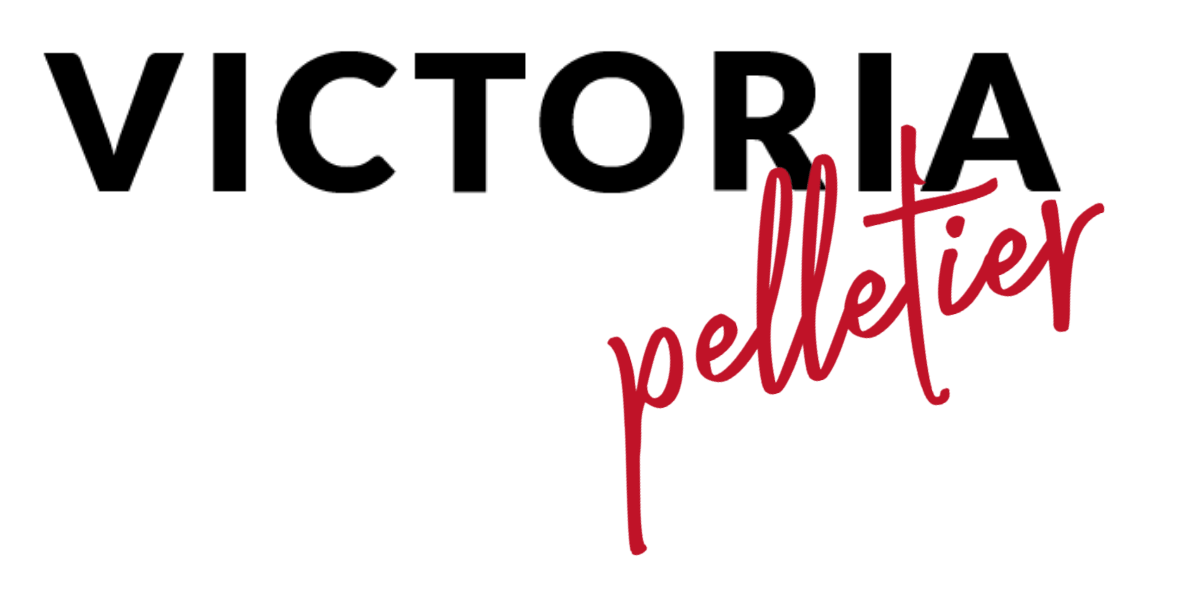
J.P. Morgan once famously quipped, “Millionaires don’t use Astrology, billionaires do.” At the time, Morgan’s insight was point was spot on. A product of his era, Morgan believed that making it big in business or the markets was an amalgam of ingenuity, hard work, and substantial risk taking. At some point, Morgan believed, you had to “read the stars,” that is, supplement the analytical with lots of hunches to make a splash.
We’ve come a long way. In today’s business environment, we thrive on sound research, thorough strategic planning, and careful attention to diversity, equity and inclusion. All of the above fueled NASDAQ’s recent push to align with businesses that promote DE&I in the boardroom and workplace.
A week ago, NASDAQ leveraged sound research and deft business ethics in making a bold request to the U.S. Securities and Exchange Commission. Recognizing that identity bias has no place in business and is, in fact, bad for business, the tech-sector market filed a proposal with the (SEC) asking for clearance to adopt new listing rules related to board diversity and disclosure. A second feature of the proposal would require that NADAQ-listed domestic companies, “have, or explain why they do not have, at least two diverse directors, including one who self-identifies as female and one who self-identifies as either an underrepresented minority or LGBTQ+.”1 International firms listed by NASDAQ will have a little more flexibility in meeting the diverse directors’ requirement.
NASDAQ’s bold move stood on an analysis of over a dozen independent studies that showed the positive correlation between a business’s increases in leadership diversity and its growth in financial performance. Diversity, it seems, is good for the bottom line. However, it’s more than numbers, isn’t it? Emphasizing diversity and inclusion in the boardroom is just the right thing to do for individuals, communities, and nations. That’s why the leadership at NASDAQ is willing to take a stance with the proposal they’ve placed before the SEC. “NASDAQ’s purpose is to champion inclusive growth and prosperity to power stronger economies,” notes Adena Friedman, President and CEO, who adds, “We believe this listing rule is one step in a broader journey to achieve inclusive representation across corporate America.”2
NASDAQ’s informed move toward diversity, equity and inclusion must be ours too. There is no room in the boardroom for the tired, feebleminded practices of bias and exclusion. For starters, diversity brings a variety of perspectives to the workplace. With that in mind, a diverse leadership team means the strategic side of the business congeals with the level of creativity that propels new ideas for new markets and challenges. Businesses wither and die when creativity is absent.
Lack of diversity in leadership roles enhance organizational anxiety and timidity. In fact, a study conducted by the Harvard Business Review found that business with “a strong, homogeneous culture,” inevitably, “stifle the natural cognitive diversity in groups through the pressure to conform.”3 Alternatively, cultural and cognitively diverse businesses succeed in breaking down the
barriers that feed employees’ anxieties about not fitting in the culture or having ideas rejected. Diversity in the leadership of a business communicates, “This is a safe place to work.”
Diversity also helps brand reputation. Brand reputation influences growth. When a business develops a reputation for exclusion and bias, the market often reacts by rejecting the business. Your organization’s willingness to promote diversity, equity and inclusion at all levels of its scaffolding will determine what sort of goodwill you engender with the communities the business serves.
Here’s the reality. NASDAQ’s move with the SEC was not a hunch; it was a data-driven and ethical masterstroke. Our businesses, and those who lead them, should mirror what we hope to see in the world. I want my work and my organization to nourish unity, creativity, and growth. What about you? Let’s do the right thing.



